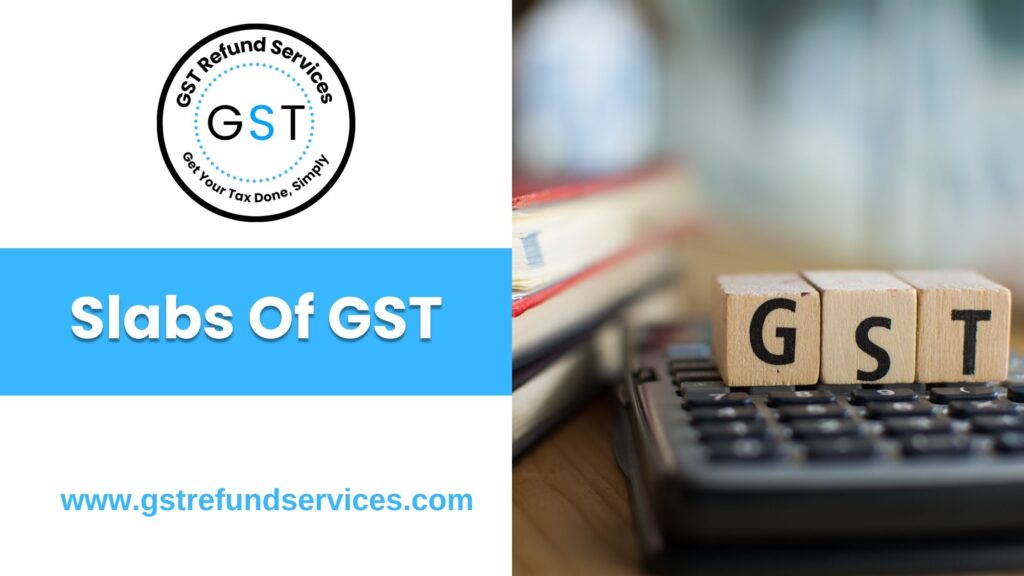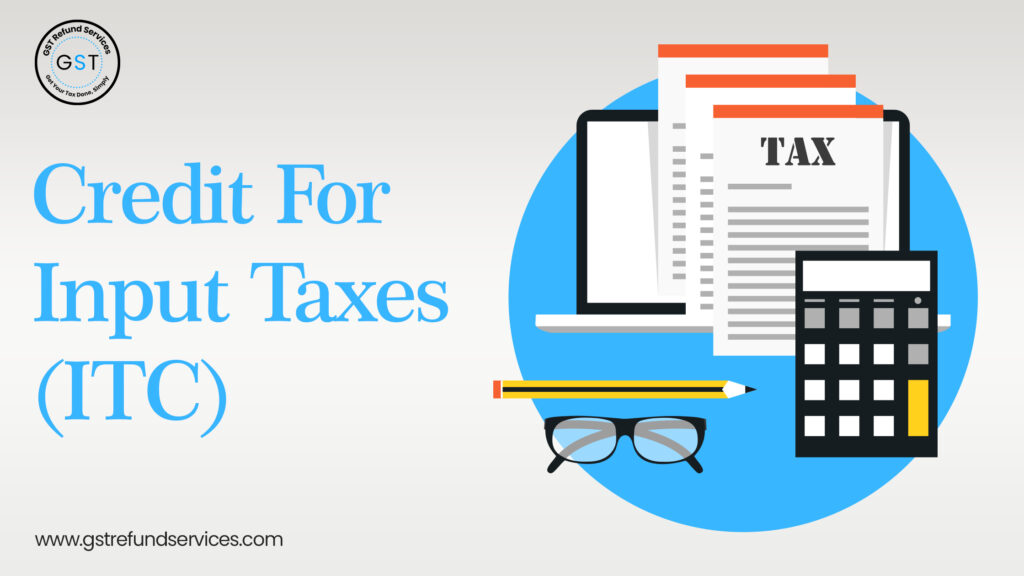3.1 Model For Dual GST

Many countries, like India, adopt a dual GST model for their GST Organization, with one enforced by the federal government and the other imposed by the states. This structure was chosen to guarantee a distinct separation of powers in terms of taxation between the federal and state governments. Let’s examine the dual GST model’s components:
3.1.1 Central GST (CGST)
The portion of GST collected by a nation’s central government is known as central GST (CGST). The central tax authorities collect and manage it, but it also applies to the supply of goods and services within a state.
The majority of CGST revenue is funneled into the coffers of the federal government, where it is used to fund a variety of federal initiatives and services.
3.1.2 State GST (SGST)
The state governments impose state GST (SGST), which is the CGST’s counterpart. It is imposed and controlled by state tax authorities and relates to the delivery of goods and services inside a state.
The SGST revenue is used to support the financial requirements of the individual state governments, including funding state-level projects, government programs, and development initiatives.
3.1.3 Integrated GST (IGST)
When goods or services are imported into a nation or supplied between states, the Integrated GST (IGST) is applicable. The IGST is intended to ensure smooth interstate trade and avoid the complications brought on by multiple state taxes.
To maintain the financial balance between the two levels of government, the tax revenue collected under the IGST is divided between the central and state governments based on a pre-established mechanism.
3.2 Slabs Of GST Organization

3.2.1 Comprehending Various Tax Rates
One of the standout aspects of GST is its multi-rate structure, which divides various goods and services into various tax brackets in accordance with their utility and nature. The exact tax rates may differ from one nation to the next, but they typically fall into the following categories: 0%, 5%, 12%, 18%, and 28%. The prices put on various GST Organization try to strike a balance between consumer affordability and revenue generation.
0%: The tax rate on some necessities, such as food grains, medications, and books, may be zero percent, preserving their affordability and accessibility to the general public.
5%: This slab typically includes items with moderate importance, such as consumables like sugar, tea, and coffee.
12% and 18%: Products and services that are neither necessary nor opulent frequently fall into the 12% and 18% tax brackets. Electronics, prepared foods, and common services like phone bills are a few examples.
28%: The top slab is typically saved for high-end goods and services. This includes luxury goods and services like high-end automobiles and cosmetics.
3.2.2 Exemptions And Unique Categories
Governments may also introduce exemptions and special categories in addition to the standard GST slabs. Specific goods and services that are deemed to be of social or economic importance are subject to exemptions. Some agricultural products, medical services, and educational services might be exempt from this rule.
Concessional tax rates for specific sectors or industries, like small businesses or startups, can fall under special categories, however. These measures are frequently implemented to encourage economic expansion and offer relief to particular industries.
3.3 Credit For Input Taxes (ITC)

3.3.1 ITC Operation
A key idea in GST is the input tax credit (ITC), which is advantageous to supply chain businesses. It enables companies to deduct the GST they paid on their inputs—such as raw materials, finished products, and services—from the GST they charge clients. ITC essentially stops the same good or service from being taxed twice.
The GST paid on the raw materials can be deducted from the GST Organization received from the sale of the finished product. For instance, if a manufacturer buys raw materials with GST Organization included in the price and later sells the finished product with GST, This lowers the manufacturer’s net GST liability.
3.3.2 Advantages For Companies
ITC offers businesses a number of advantages:
- Reduced Tax Burden: By claiming ITC on GST paid for inputs, businesses can lower their overall tax liability. This encourages tax efficiency and lowers production costs.
- Better Cash Flow: ITC prevents businesses from paying tax on the same value more than once. This contributes to better working capital and cash flow management.
- Encourages Compliance: Since only tax-compliant suppliers are eligible to receive ITC, the availability of ITC encourages businesses to make sure that their suppliers are also in compliance with GST Organization regulations.
- Transparency and Accountability: ITC encourages transparency in the supply chain because it is in everyone’s best interest to ensure accurate GST Organization reporting and payment at every stage of the supply chain.
Visit Our Website GST Refund Services for More!


